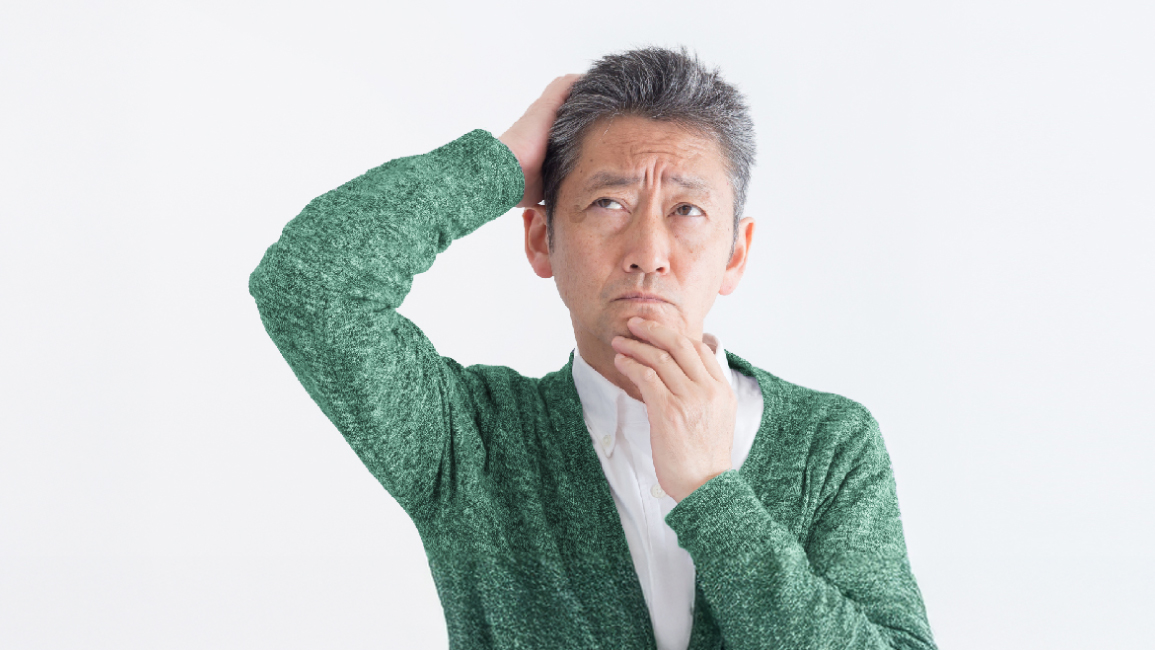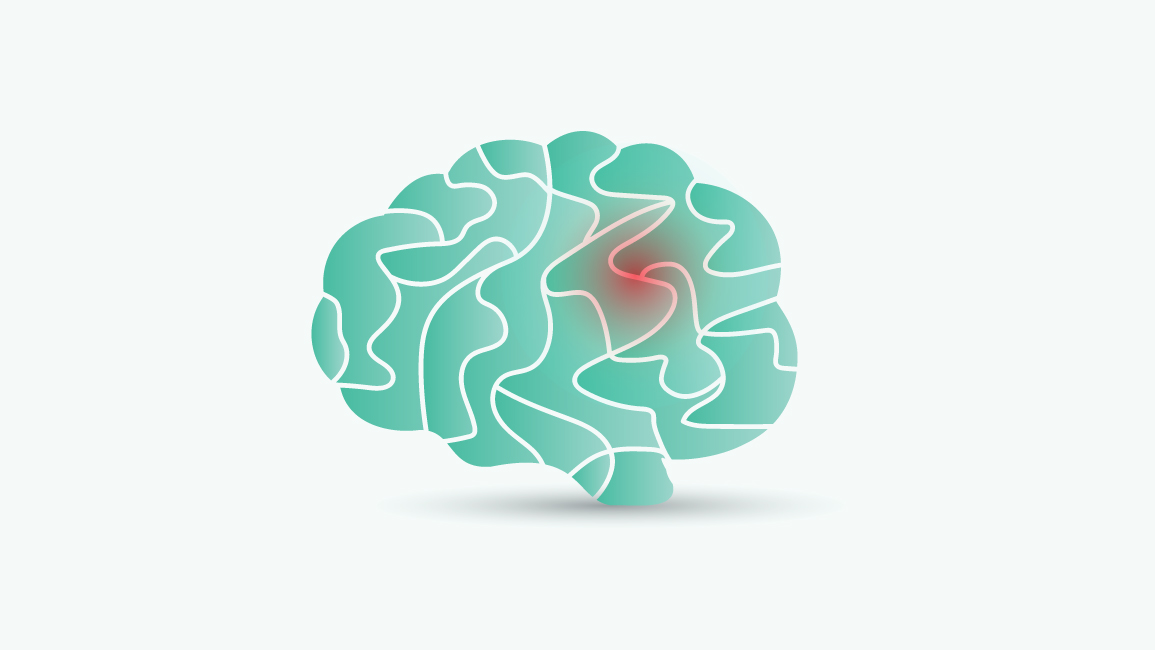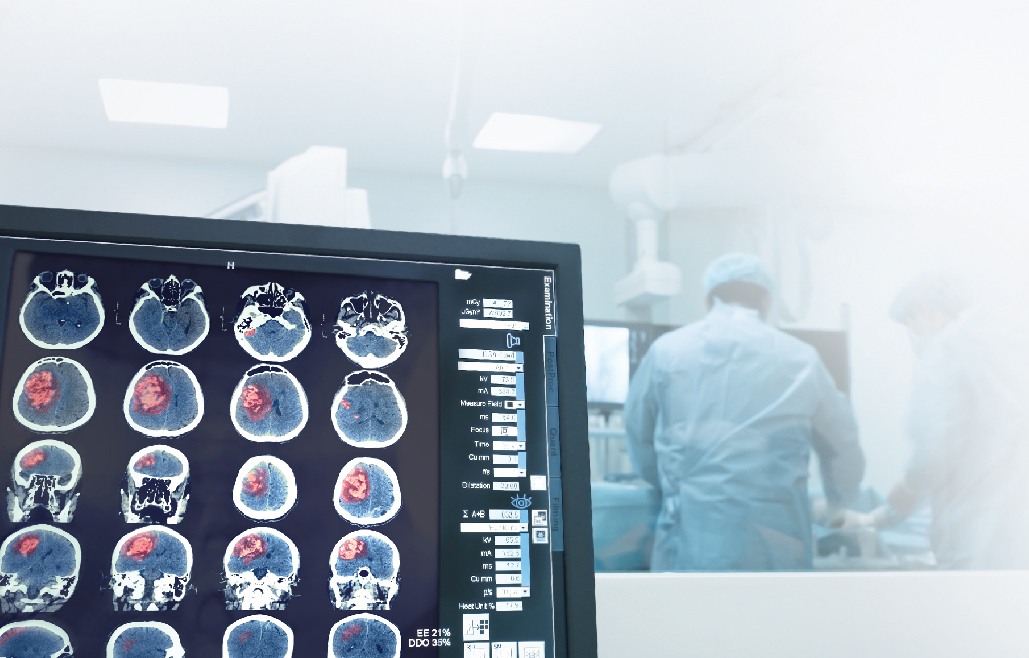Stroke, Paralysis TMS, technology for rehabilitation of patients
Center : Neurology Center

Stroke is one of the frequent causes of disability, paralysis, paresis, preventing patients from doing daily activities. Affects the lifestyle and quality of life of patients, but because of the current medical advances. Treatment and rehabilitation can help reduce morbidity, paralysis and improve patient performance.
Common symptoms
- Paralysis limited or no move your arms and legs and unable to help himself.
- Crooked lips, drooling, slurred speech, difficulty swallowing food and water.
- Numbness of the paralyzed side of the limb. There is no sensation when it incontact with hot or sharp objects.
- Muscle spasms which may be seen in later stages of paralysis.
- Swollen arms and hands. This may be due to inactivity of the arms and legs.
- Have trouble swallowing, may cause choking and subsequent pneumonia.
What is a TMS machine?
Electromagnetic stimulator -Transcranial magnetic stimulation (TMS) is a technology that uses an instrument that emit electromagnetic waves to induce changes in the functioning of the brain, nervous system and muscles, without causing injury or residual radiation inside the body. Therefore, this tool is used to help restore impairments in neuromuscular function.
How does TMS help treat paralysis?
Currently, there are tools to help rehabilitate stroke patients with paralysis by stimulating the brain with electromagnetic waves (Transcranial Magnetic Stimulation, TMS) to stimulate nerve endings. This electromagnetic wave penetrates about 1-3 cm into the nerve endings. The principle of the machine is to transmit electromagnetic waves to stimulate the problematic side of the brain from outside, stimulating or inhibit the opposite part of the brain to balance the work. This stimulation reconnects the neurons for better muscle recovery and movement. Does not cause injury to surrounding organs, helps to stabilize the regeneration function of the defective brain, without causing harm to the patient. WHen done in conjunction with physical therapy, it will help the patient to recover better than 50-60%.
"The treatment must be continued at least twice a week, approximately 5-10 times or more to see results."
Contraindications to TMS treatment
Rehabilitation treatment for stroke patients with paralysis has the following contraindications:
- People who have metal implants or piece of metal in the brain. Because magnetic fields can induce metal objects and may cause force to act on the structure of the brain surrounding the object.
- A person who has a pacemaker or implanted device because the magnetic field can interfere with the electrical circuit of the machine.
Recommendations before TMS treatment
Patients with paralysis who undergo rehabilitation with TMS will be advised by the physician on treatment, indications and contraindications to the use of such devices along with advice on how to prepare before treatment, including:
- Get at least 6-8 hours of restful sleep before TMS treatment.
- Avoid drinking caffeine before TMS.
- If there is a medication that is taken regularly. Medications in the group of sleeping pills and psychiatric drugs, always inform the doctor.
- Patients with any underlying disease should always inform their doctor first.
Stroke patients should have high standards in the prevention and treatment of stroke-specific medical care. Also known as paralysis with a multidisciplinary medical team including cerebral specialists, paralysis, stroke, a team of nurses, physical therapists, nutritionists, psychotherapists, pharmacists to take care of patients. It also educates the patient's relatives on how to behave and take care of the patient properly when returning home from treatment.
Consult Online
Article of Neurology Center





